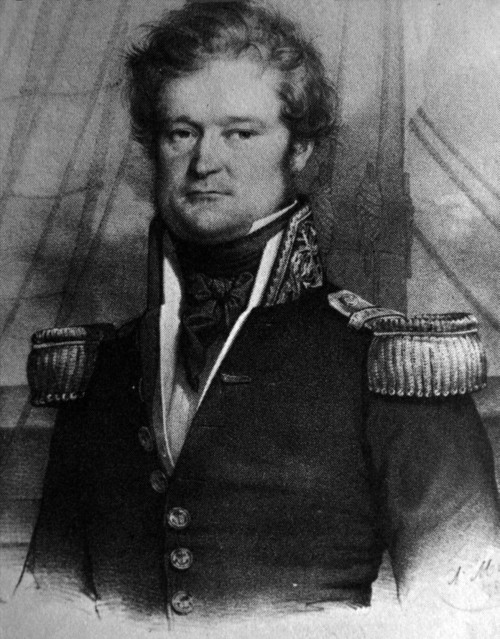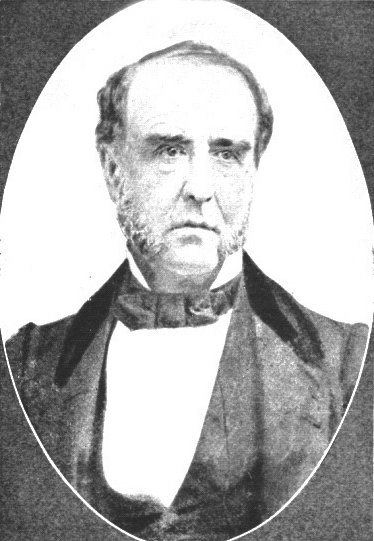A conversation in 1826 in Sydney
French Officer Dumont d’Urville
Dumont d’Urville and other French officers visiting Port Jackson C 1826 from the French ship Astrolabe put the question to a small group of Australians: We are perfectly astonished at your superb country.
An Australian gentleman responds: What is it that most excites your surprise?
The French Officer voices his opinion: That you have been so long in it, and know so little about it!
Captain Dumaresq
Captain Dumaresq writes subsequently about this conversation in 1827, using the pseudonym X, Y, Z, after an excursion across Cox’s Road to Mount York and thence to Bathurst.
It was a just reproof, and ought to sink deep into the minds…redeem the character of our countrymen from the reproach of the Frenchmen…nothing will be done…the government hands are too full of business.
Aboriginal Dreaming and Communication Trails
Neither French visitors nor colonial settlers in 1826, nor for that matter most contemporary Australians, knew or know about the dreaming-trade-ceremonial routes that criss-crossed Australia pre-1788. Along such routes flowed goods and knowledge, spiritual and cultural values. Such routes, likely in existence for millennia, were rapidly disrupted, destroyed or incorporated into European transport routes as roads or tracks.
David Mowaljarlai’s 1993 map (opposite) of trade routes and storylines linking Aboriginal nations across Australia. Mowaljarlai, D & Malnic, J. (1993), Yorro yorro everything standing up alive: spirit of the Kimberly. Magabala Books, Perth. Re-drawn by Tony O’Neill. The sandstone ridge that briefly hosted Cox’s Road was a meeting ground for the Gundugurra, Darug and Wiradjuri Nations. There is significant evidence of such dreaming and communication routes crisscrossing the Blue Mountains as they also likely did so in the vast Wiradjuri Country further to the west. These story ‘strings’ also played a major role in Aboriginal conservation ethics, aided and abetted by the Aboriginal concept of Totem .





